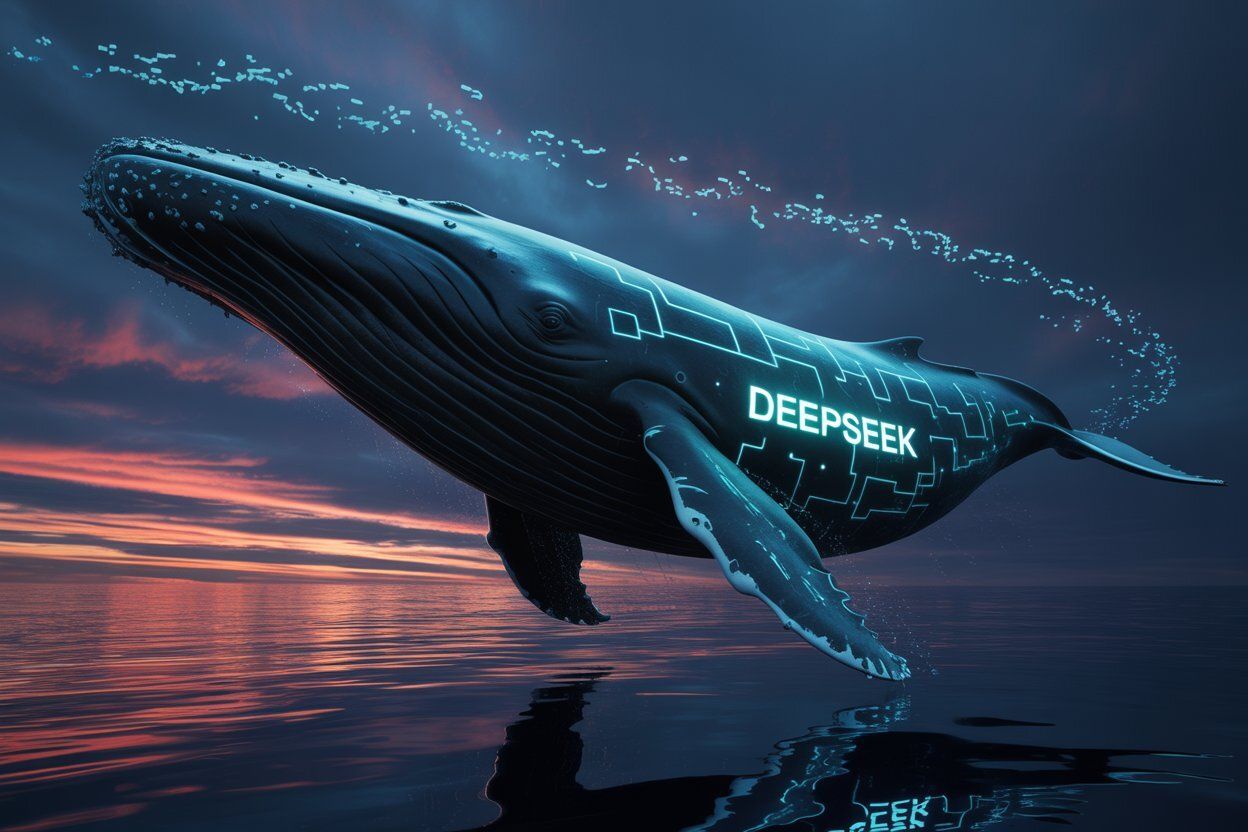Welcome, AI Visionaries!
AI is evolving in strange, decisive ways. Video models are starting to feel like physics engines. Coding agents are running projects without sleep. Context windows that used to bankrupt startups are suddenly cheap. And the messy trial-and-error of fine-tuning just got a recipe.
📌 In today’s Generative AI Newsletter:
OpenAI’s Sora 2 adds physics, audio, and a social layer
Claude Sonnet 4.5 posts record coding results
DeepSeek V3.2-Exp cuts long-context costs by 90%
LoRA training breakthrough makes fine-tuning reliable
OpenAI’s Sora 2 Opens the Era of Simulation Media

Image: Sora 2 release video
OpenAI has released Sora 2, a video-and-audio generation model designed to model the physical world with greater fidelity than its predecessors. Where earlier systems warped objects to fulfill a prompt, Sora 2 obeys gravity, sound, and continuity. A missed basketball shot now rebounds, rather than teleporting through the hoop.
Here’s what it can do:
Models physical realism in complex settings from buoyancy on water to acrobatic spins on solid ground
Maintains continuity across multi-shot instructions, holding a consistent world state
Generates synchronized audio with dialogue, sound effects, and ambient soundscapes
Produces across styles from cinematic film to high-energy anime battles
Enables cameos where users scan themselves once and appear in videos with accurate likeness and voice
The launch comes with a new iOS app, also called Sora, framed as a social space for remixing. Each wave of media has shifted how people record and share: first text, then emojis, then short video. Sora adds AI likeness to that lineage, leaving open whether it becomes a genuine new form of expression or just another loop of recycled patterns.
Anthropic Launches Claude Sonnet 4.5 with Record Coding Performance

Image source: Anthropic
Anthropic launched Claude Sonnet 4.5, its newest model for reasoning and applied coding. Described as the “best coding model in the world,” it posts state-of-the-art results on SWE-bench and sustains autonomous coding runs for 30+ hours, generating more than 11,000 lines of code. The model also shows gains in math, finance, and tool use, moving closer to professional-grade autonomy.
Here’s what’s rolling out:
Reasoning gains: Progress on complex math and finance tasks.
Coding performance: Leading results in code generation and computer use.
Developer tools: Checkpoints, memory, context editing, and a VS Code extension.
Agent SDK: A framework for building Claude-powered agents.
Safety updates: Stronger defenses against manipulation and injection attacks.
Anthropic also previewed Imagine with Claude, a five-day demo of real-time software generation for Max users. The arrival of Sonnet 4.5 underscores how quickly coding agents are advancing. Running projects for days without interruption raises both productivity potential and new oversight challenges.
DeepSeek Launches V3.2-Exp and Cuts Long-Context AI Costs by 90%

Image: Generative AI via Ideogram
DeepSeek has unveiled V3.2-Exp, an experimental model that makes 128K+ token runs 10x cheaper through a new sparse attention system. For smaller labs and startups, where extended context has been a luxury, the price cut could turn long-context AI into a standard tool rather than a premium feature.
What’s inside:
Five models merged: Code, math, and reasoning distilled into one checkpoint
Scaled training: Another trillion tokens layered on V3.1
Custom rewards: GRPO tuned for consistency and rubric scoring
Sparse attention: A “lightning indexer” filters tokens with top-k ranking
Hardware gains: FP8 precision and custom kernels for efficiency
Context decoding now costs ~$0.25 instead of $2.20, a massive economic shift for developers experimenting with long-form reasoning, legal discovery, and research workflows. Yet sparse attention comes with tradeoffs. If the wrong tokens are dropped, accuracy falters.
LoRA Training Becomes Predictable With Thinking Machines’ Breakthrough

Image Credit: Thinking Machines Lab
Thinking Machines has introduced a framework that makes LoRA fine-tuning behave as consistently as full model training, removing the randomness that often made the method unreliable. The work provides a clear recipe for steady results, fitting with the company’s mission to make AI outputs trustworthy rather than erratic.
Here’s what the researchers found:
All layers matter: Applying LoRA across every layer, not just attention, ensures training curves mirror full fine-tuning.
Higher learning rate: Using 10x the usual rate speeds convergence without destabilizing results.
Batch size balance: Keeping batch sizes moderate prevents collapse and preserves steady improvements.
Graceful limits: When LoRA adapters run out of capacity, performance tapers gradually instead of breaking.
Because LoRA requires about two-thirds the compute of full fine-tuning, teams can run multiple trials while still getting repeatable results. By turning a trial-and-error process into a dependable recipe, Thinking Machines has given researchers a practical way to scale post-training with confidence.

🚀 Boost your business with us. Advertise where 13M+ AI leaders engage!
🌟 Sign up for the first AI Hub in the world.



